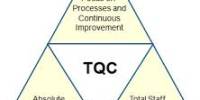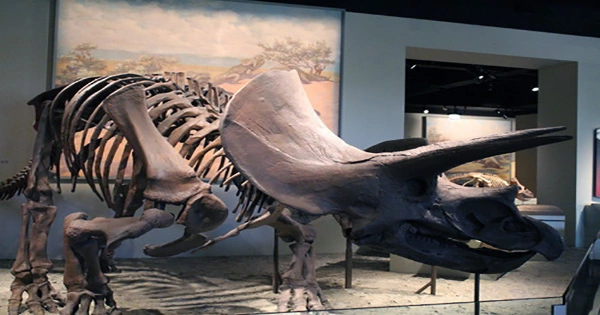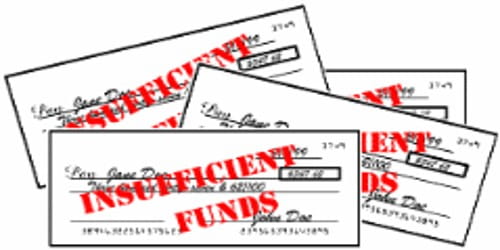Career Planning Process
Career planning is the process of predetermining career goals and the paths to those goals. It matches individual’s career needs with the career opportunities provided by the organization. The steps involved in the process of career planning are as follows:
Employee self assessment of career needs
Careful evaluation of your individual strengths, lifestyle preferences, passions, work style, and financial needs is a vital and often overlooked step in planning your various potential career paths. Career planning begins with employee self assessment of career needs. It is preparing a self inventory, consisting of-
(a) Interests and aptitudes
They provide occupational orientation to an employee. They can be for following types of works:
- Physical/outdoor
- Written
- Oral/visual
- Quantitative/analytical
- Interpersonal
- Creative
- Clerical
- Managerial
(b) Skills
They are needed for effective performance of jobs. They can be:
- Technical
- Human
- Conceptual
In order to evaluate the suitability of work options, it is important to know both who you are as a person and who you desire to become as a professional. This involves taking a careful inventory of your current career values, interests, skills, and personal qualities.

Environmental assessment
Environmental forces can be political, legal, economic, socio-cultural, and technological. They provide opportunities and threats for career planning.
- Environmental scanning is done to detect emerging trends in a long term perspective. It should be comprehensive to identify all the crucial developments that may affect employee’s career opportunities.
- Future changes in labor market are important for career planning. High potential jobs are identified for career goals.
Some individuals observe professionals in various fields for a shorter period of time than an internship. These “job shadowing” experiences, or externships, can last from one morning to several weeks and are an excellent way to get a feel for what your responsibilities would be in a given work role.
Selection of career goals
Career goals are desired future positions an employee strives to reach as a part of career. They are based on the analysis of employee’s strength, weakness, opportunities and threats. They serve as a road map to career planning.
After having completed your self-assessment and explored your options you should be ready to make some career decisions. The question now is how you will decide.
Selection of career paths
It is the sequential patterns of jobs during a career. An employee’s career path is influenced by:
(a) Stage in career cycle
Career cycle refers to stages through which a career evolves. The stages are:
- Growth stage
- Exploration stage
- Establish stage
- Maintenance stage
- Decline stage
(b) Career anchors
They are the basic drives that urge an employee to take up a certain type of career. They are concerns the employee will not give up if a choice has to be made. Factors that serve as career anchors are:
- Technical competence
- Managerial competence
- Security
- Autonomy
- Creativity
This is the step in the process where you implement what you have learned and move forward towards a new job or more advanced education. You should also continue to evaluate your options and make adjustments as needed.
Information Source:
















